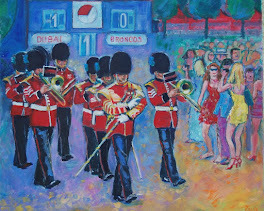PLACES TO GO, THINGS TO SEE, ROUND LONDON
I went to these, they were well worth it, but I have yet to see the National Portrait Gallery one
Brtish Museum - Grayson Perry
Royal Academy - Degas
Flemming Collection - John Burningham: An Illustrated Journey
Chichester - Palant House, Edward Burra
I have won two tickets to the NPG to see The First Actresses, will have to go after Christmas, it is open till 8 January
The First Actresses, NPG
Would like to see the Vermeer's Women: Secrets and Silence at Fitzwilliam, Cambridge open to 15 January
The Fitzwilliam, Cambridge
I went to these, they were well worth it, but I have yet to see the National Portrait Gallery one
Brtish Museum - Grayson Perry
Royal Academy - Degas
Flemming Collection - John Burningham: An Illustrated Journey
Chichester - Palant House, Edward Burra
I have won two tickets to the NPG to see The First Actresses, will have to go after Christmas, it is open till 8 January
The First Actresses, NPG
Would like to see the Vermeer's Women: Secrets and Silence at Fitzwilliam, Cambridge open to 15 January
The Fitzwilliam, Cambridge















